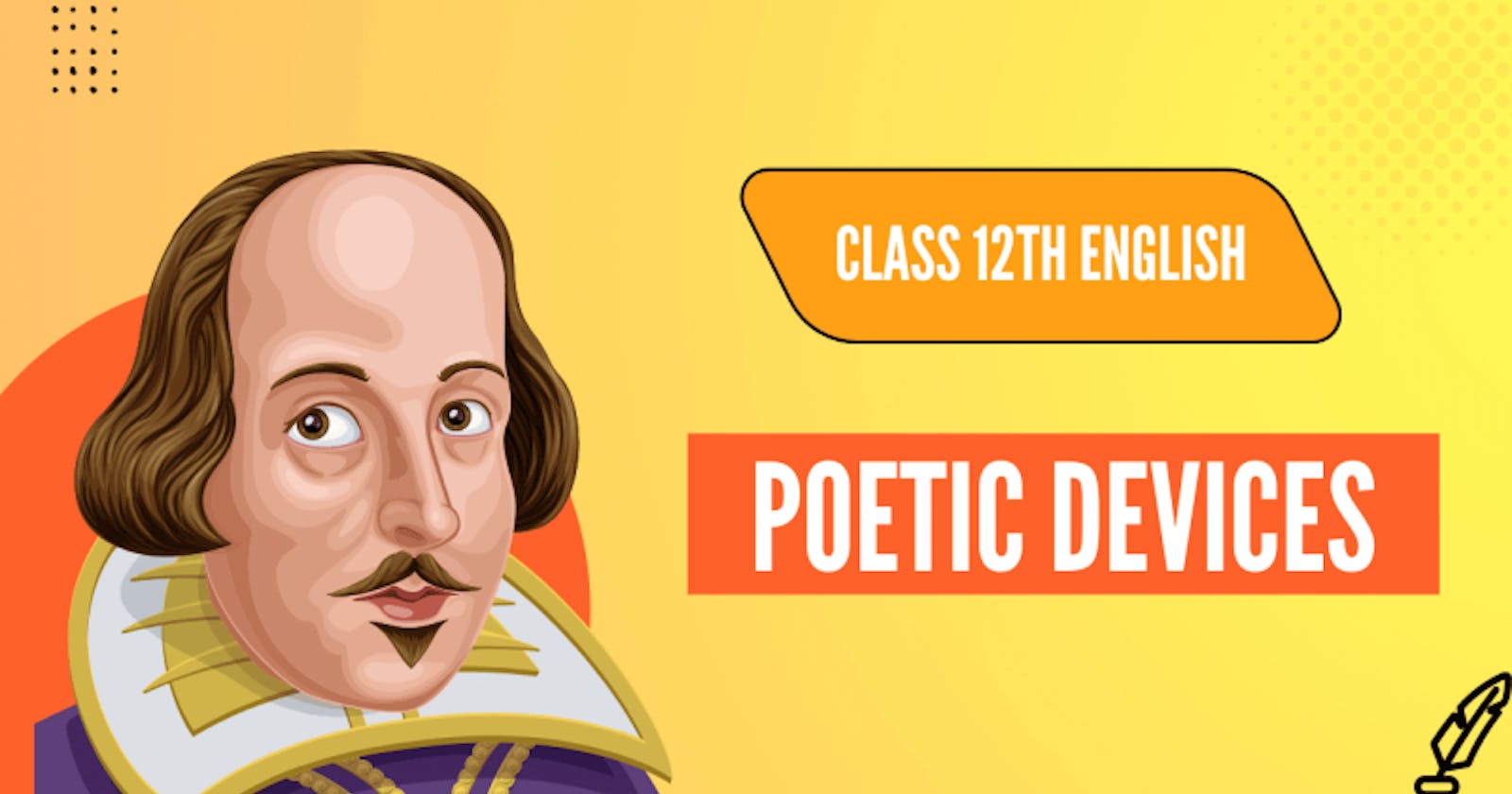Figurative language forms the bedrock of poetic expression, allowing poets to convey complex ideas and emotions in vivid and imaginative ways. Among the most common literary devices used in poetry are metaphor and simile, both of which serve to enrich the language and deepen the reader's understanding of the text. In this article, we will delve into the nuances of metaphor and simile, exploring their differences, similarities, and the unique effects they create in poetic composition.
1. Understanding Metaphor and Simile
Metaphor: A metaphor is a figure of speech that makes a direct comparison between two unrelated things, asserting that one thing is another. For example, "The world is a stage."
Simile: A simile is a figure of speech that compares two unlike things using the words "like" or "as." For example, "Her smile is as bright as the sun."
2. Distinguishing Between Metaphor and Simile
Metaphor: Metaphors create a direct association between two things, often implying a deeper symbolic meaning or suggesting a particular quality or characteristic.
Simile: Similes use explicit language to compare two things, offering a clearer point of reference for the reader and sometimes highlighting the similarity in a more straightforward manner.
3. Effect of Metaphor and Simile in Poetry
Metaphor: Metaphors can evoke strong imagery and emotional resonance, inviting readers to interpret the text on multiple levels and engage with the underlying symbolism.
Simile: Similes provide a more explicit comparison, offering readers a concrete image or analogy that enhances their understanding of the poem's themes and imagery.
4. Examples of Metaphor and Simile in Poetry
Metaphor Example: In Shakespeare's "All the world's a stage," the metaphor compares life to a stage, suggesting that humans play different roles throughout their lives.
Simile Example: In Langston Hughes' "Dreams," the simile "Like a raisin in the sun" compares deferred dreams to a dried-up raisin, vividly illustrating the withering effect of unfulfilled aspirations.
5. Analyzing Metaphor and Simile in Class 12 Poetry
Students studying poetic devices in class 12 can analyze how poets use metaphor and simile to convey themes, emotions, and ideas. By identifying and interpreting these figures of speech, students gain insight into the deeper layers of meaning within the poems they study.
6. Effect on Poetic Devices in Class 12 Curriculum
Understanding metaphor and simile enhances students' appreciation of poetic language and helps them develop critical thinking skills as they analyze and interpret literary texts. Studying these devices enriches students' understanding of poetry's beauty and complexity.
Summary
Metaphor and simile are powerful tools that poets employ to create vivid imagery, evoke emotional responses, and convey abstract ideas in tangible terms. By exploring the differences and similarities between metaphor and simile, students can deepen their understanding of figurative language and unlock new layers of meaning within the poetry they encounter. As students engage with poetic devices in class 12, understanding metaphor and simile enriches their interpretation and appreciation of the artistry and craftsmanship of poetic verse.

